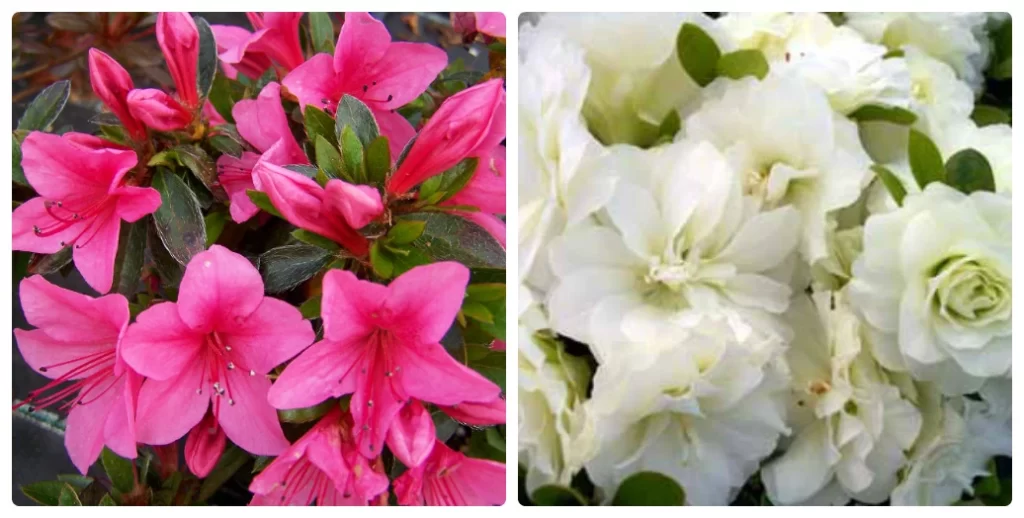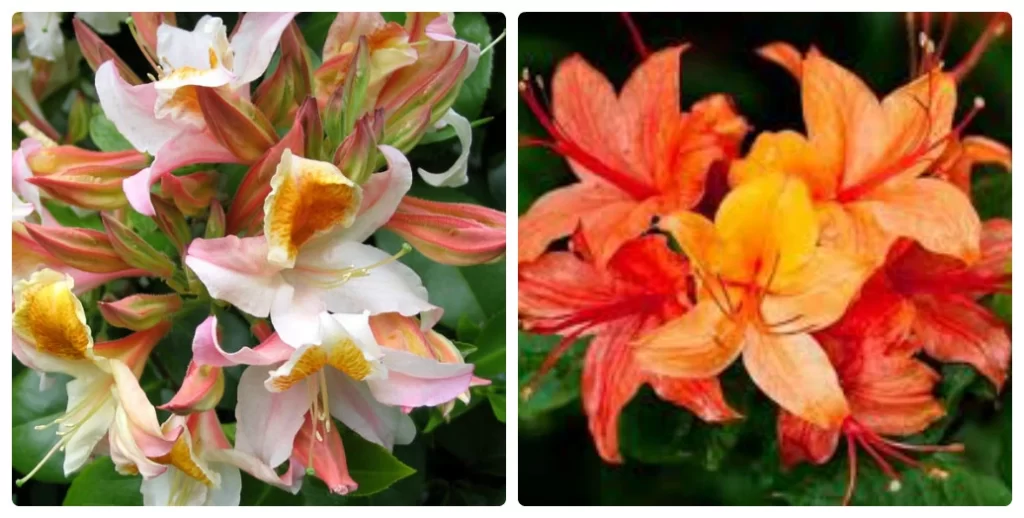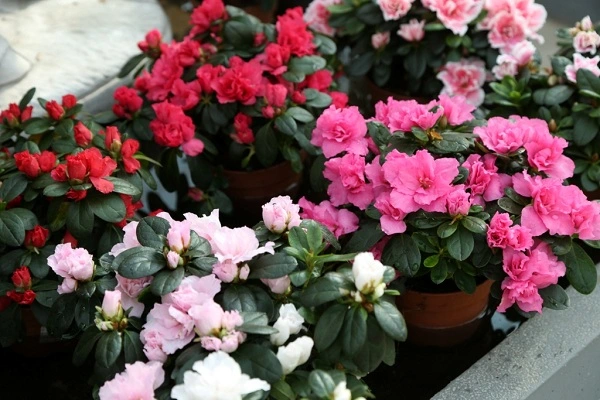Azalea – the most beautiful flower that has a delicate aroma. However, it is not only beautiful, but also a very demanding flower. Azaleas need a lot of attention. Where better to put a flowerpot and how to care for the flower?
Azalea is a perennial shrub with very beautiful white, pink and red flowers from the rhododendron family. Azalea is the most beautiful houseplant, lush blooms in the middle of winter are pleasing to our eye, it is difficult to pass by azaleas and not admire this magical flower, because with azaleas comes spring. Flowers in azaleas are very beautiful: there are simple, terry, corrugated, various shades of pink, white, red, purple. Unfortunately, the azalea is a very capricious flower, but if you provide the most natural environment, the azalea will grow well and delight our eyes with its blooms in winter.

Homeland azaleas – China, Japan, Southeast Asia, they also grow in southern Europe, also found in Ukraine (mostly in botanical gardens).
Conditions in our homes or apartments are far from China or Japan and are not suitable for azaleas, so after flowering the plants die quickly. The ideal temperature for azaleas during budding from late November to late January is + 10 – 12 degrees during the day and + 6 – 8 degrees at night with high humidity. Temperature and humidity are maintained in greenhouses for azaleas. In the dry air of apartments or houses on the windowsill above the hot battery, the flower dies quickly.
At home, two species of azaleas are most common – the Rhododendron Simsa (Indian azalea) and Japanese azalea, different colors. These species are dwarf no more than 50 cm tall.
Azalea care:
The secret to the success of growing azaleas is to create ideal conditions similar to natural ones.
An individual approach is needed: it is earth, water, light, humidity, temperature, nutrients.
Air temperature
Azaleas are very demanding on temperature. In winter, 12 – 14 degrees, but with proper care, they can grow at a temperature of 19-22 degrees. In summer, azaleas can be taken to the garden in a cool and shady place; it is very important to bring into the apartment or house before the heating season, for acclimatization.
Brightness of light
Under no circumstances should azaleas be exposed to direct sunlight, as this can cause the plant to die. A bright shaded place is best.
Watering and humidity
Water, quality and quantity for azaleas are very important. The soil should be moist at all times, should not dry out, do not allow excessive watering and stagnation of water in the plate. Room temperature water, rainwater, clean river water, melted or settled water is best.
Azalea is a heather plant that loves acidic soil, so we recommend acidifying the water, 3-4 drops of lemon juice per 1 liter of water, such water will provide the necessary acidity in the soil. If you doubt whether you water the azalea well, you can check it this way: immerse the pot in water for 1-2 hours, the roots will absorb the required amount of water, and all the excess water will drain. Repeat this procedure every week.
Azalea loves high humidity, and during budding and flowering daily spraying. How to increase humidity for houseplants?
Soil for azaleas
Azalea is a houseplant that needs acidic soil (PH 4-4.5). In flower shops you can buy land for heather or special for azaleas.
Azaleas grow well in hydroponics. Hydroponics is a method of growing plants without land, when the plant receives all the necessary nutrients in the right amount and in the right proportions.
Fertilizer for azaleas
The plant should be fertilized in spring and summer once every 14 days with special fertilizers for azaleas according to the instructions (ammonium sulfate, ammonium nitrate, calcium sulfate, superphosphate), as well as during budding and flowering autumn – winter – it is recommended to fertilize once every 7 days with superphosphate in proportions of 7 grams per 5 liters of water.

Care during and after flowering
For longer flowering azaleas should be placed in a cooler place and watered frequently. All faded flowers and seed boxes should be removed (seed formation takes a lot of strength from plants). Every year the azalea will be more lush.
After flowering, the plant is transferred to a cool but not freezing room, continue watering.
After the threat of frost, take out into the open air in the shade and continue to feed, water and spray until early autumn. In late spring, the azalea is pruned to form a crown.
Reproduction of azaleas
Azaleas are propagated vegetatively by cuttings and seeds.
Pests and diseases
Azaleas can contain pests such as whitefly, mealybug, azalea moth, thrips and others. The flower most often has the following diseases: powdery mildew, gray rot and rust.
How to transplant an azalea?
Improper transplantation of azaleas can lead to plant death. The young plant is transplanted every year, the old every 2-3 years. Transplant carefully so as not to disturb the root systems. Azaleas have very thin roots that are easily damaged, so carefully transplant. The root system in azaleas is superficial, a wide rather than a tall pot is better.
- important in transplanting – is choosing the right soil;
- carefully remove the plant from the pot with a lump of earth;
- place the azalea roots in a vessel with soft (warm) water at room temperature to soak the soil and wash away the accumulated salts (from – fertilizers during the year). Change the water 2-3 times.
- Under no circumstances should tap water be used. Most of the land is washed away by washing;
- at the bottom of the pot (wide but low) pour the soil (1 cm) and carefully place the plant in the prepared pot, cover with soil. Add water;
- for adaptation we put in a shaded place.

